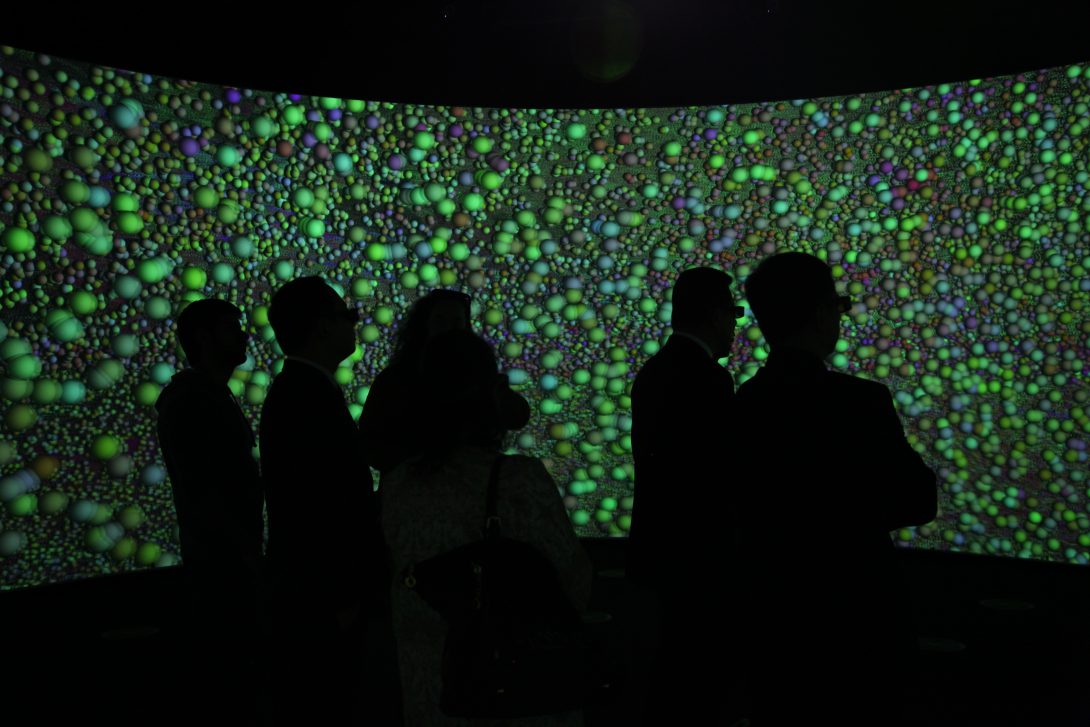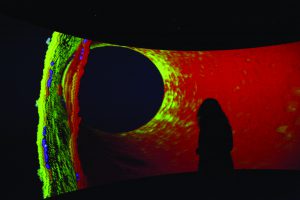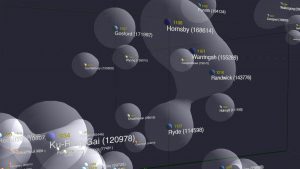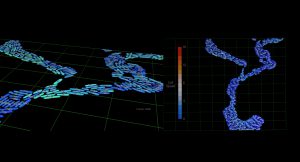
Wombeyan Caves
Background
The Research Project
In this project, the Zebedee device has been used to scan portions of the Wombeyan Caves. The data set contains 22 million points and recorded the XYZ coordinates of each location as well as its colour in RGB.
In the resulting visualisation, a sphere is displayed for each position where a sample was collected by the scanner. If the light bounced back towards the scanner the sphere is coloured green, if the light was bounced away, the sphere is coloured red. On the floor of the cave for example, the spheres are red, whereas when the laser hit one of the metal safety hand rails a specular reflection was created resulting in a blue sphere instead.





